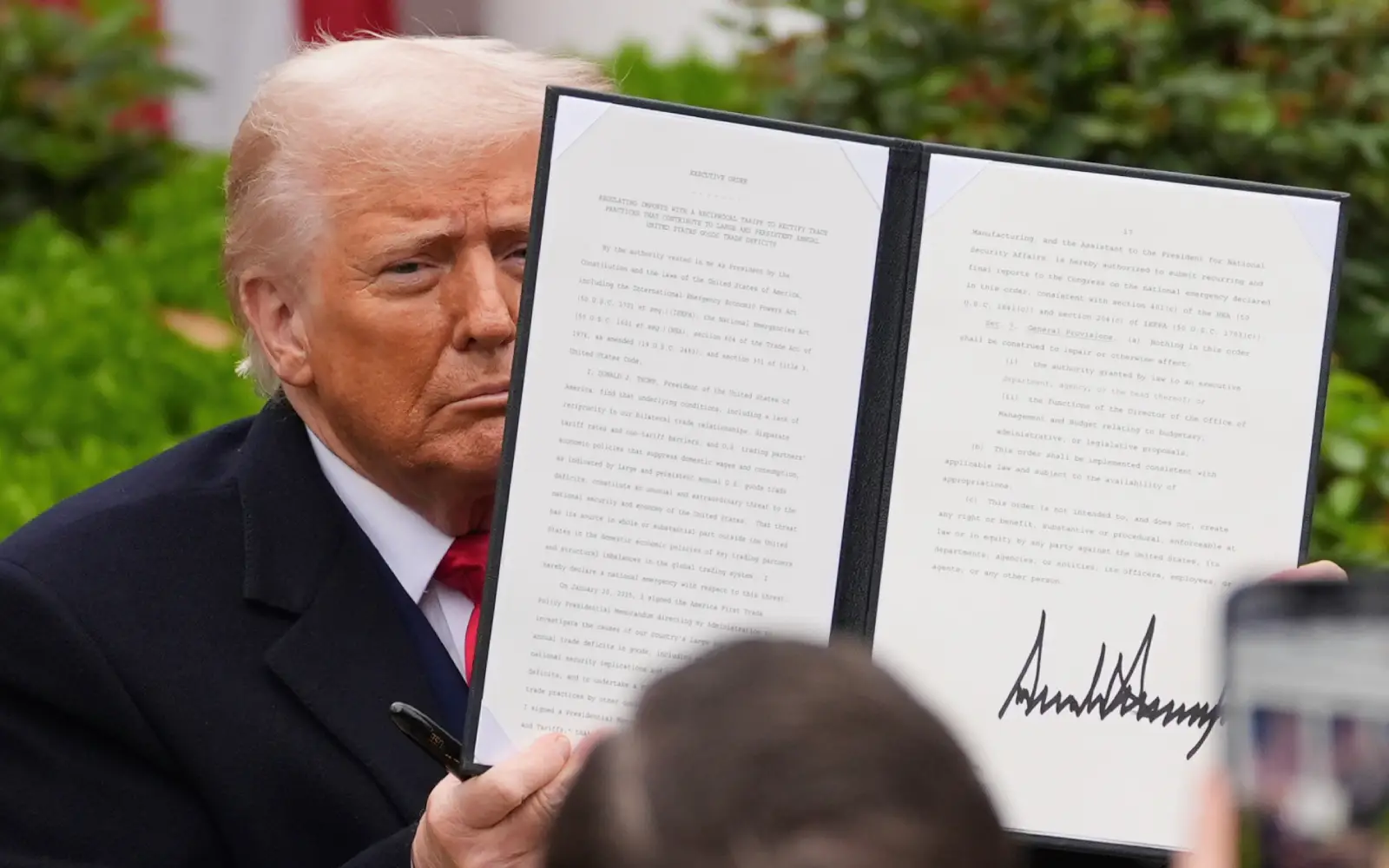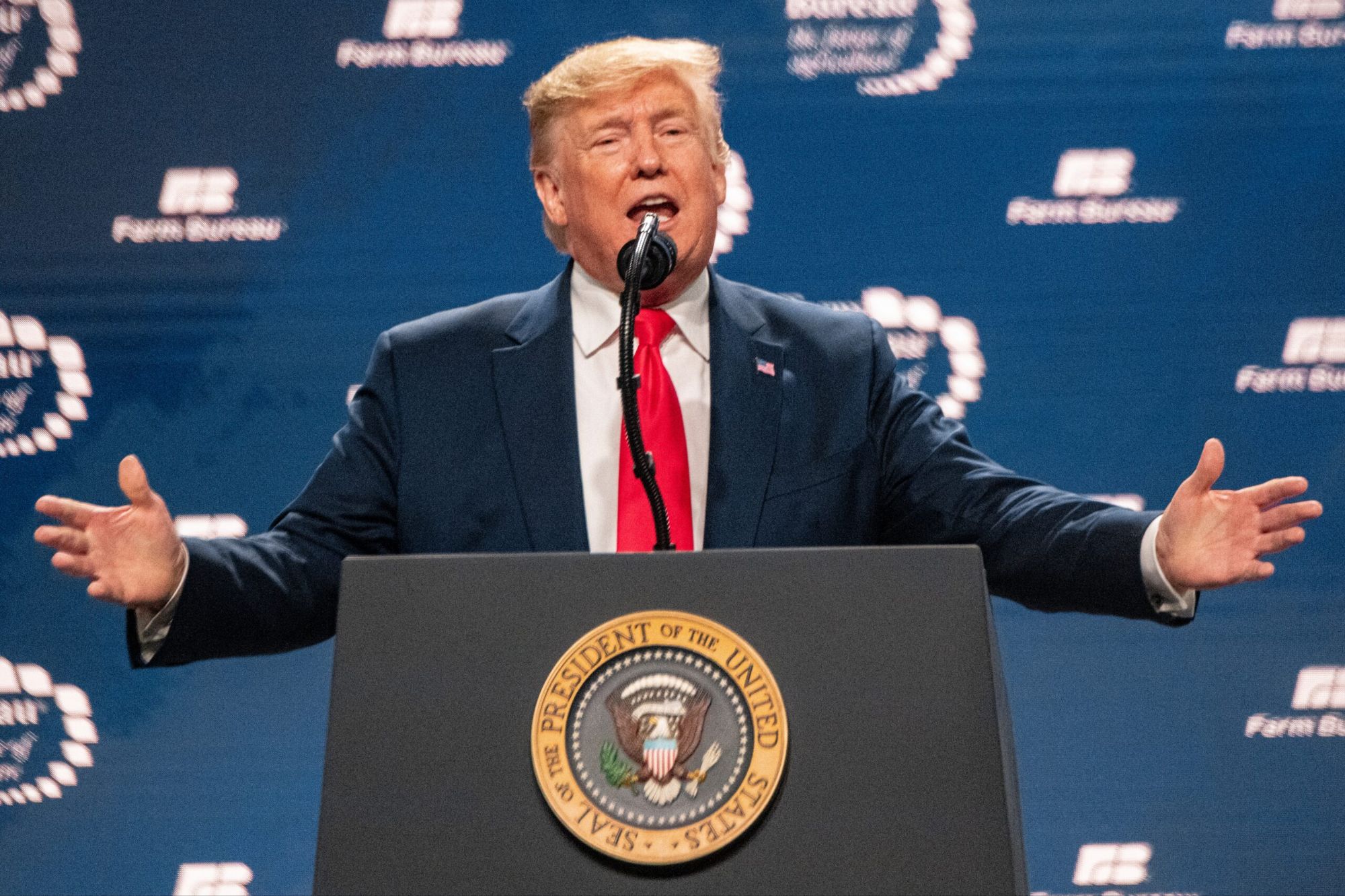Trump signs executive order targeting museums and monuments
On March 27, 2025, Donald Trump signed an executive order titled Restoring Truth and Sanity to American History. The document calls for a sweeping overhaul of federally funded cultural institutions, with the Smithsonian at the center of the campaign. The order frames its goals as a defense of national pride and “historical integrity,” but the content reveals a direct attack on diversity, inclusion, and critical historical analysis.
Vice President JD Vance, a staunch Trump ally, has been tasked with overseeing the ideological purge in his role on the Smithsonian Board of Regents. His mandate includes halting the planned direction of the Smithsonian American Women’s History Museum and retroactively altering or removing existing content in other museums that the administration deems “divisive” or “anti-American.”
The executive order singles out the National Museum of African American History and Culture for associating traits like “hard work” and “individualism” with White culture—an apparent reference to a now-removed chart from 2020 that was widely debated but contextually misrepresented by conservative media. It also orders the Women’s History Museum to stop recognizing transgender women “in any respect.”
Reinstating statues and rewriting the past
Beyond museums, the order mandates the Secretary of the Interior to reinstall any statues, monuments, plaques, or memorials removed since January 1, 2020. Though it does not name them, the directive likely applies to Confederate monuments taken down during the George Floyd protests and other grassroots removals of figures tied to racism and colonialism.
The administration frames these removals as part of a coordinated effort to “perpetuate a false reconstruction of American history.” Trump’s executive order calls for their full restoration, without any plan for public consultation, historical review, or engagement with the communities where they were taken down.
The order also sets a July 4, 2026 deadline for a “beautification and enhancement” of Independence Hall in Philadelphia, in preparation for the 250th anniversary of the Declaration of Independence. The directive hands control of this process to the same administration now pushing to whitewash historical narratives across the federal landscape.
Media framing reveals partisan lines
Coverage of the executive order has fallen along familiar ideological divides. Conservative media praised the move as a necessary correction to “leftist indoctrination” in public history and education. Outlets like Fox News and the Daily Caller framed the order as protecting children and taxpayers from “radical gender ideology” and “anti-American propaganda.”
Mainstream networks like CNN and NPR covered the news as a major political interference in federal cultural institutions. However, most outlets stopped short of explicitly identifying the order as a form of historical censorship. Reuters noted the ideological tone of the directive but framed it as “reversing diversity programs.” The Associated Press quoted from the order and highlighted its attack on trans inclusion, but gave little space to the broader implications for historical truth.
Few outlets named the specific statues likely to be restored. None highlighted the broader pattern of authoritarian governments historically using public monuments and museums to reinforce political mythology.
A state-mandated history is not a neutral one
This is not a debate about history. This is the federal government instructing its museums to tell a different story—one stripped of contradiction, one where oppression is sidelined, and where only one kind of American gets to be heroic.
Trump’s order does not “restore truth.” It institutionalizes a political myth, enforced by fiat, under the supervision of loyalists. It eliminates the possibility of complex, inclusive storytelling in America’s most prominent public history institutions and replaces it with a state-mandated narrative of cultural supremacy. It is not just about statues or signage—it is about memory, meaning, and power.
And it’s not subtle. When a government tells its museums to stop recognizing transgender people, and demands the reinstatement of monuments to slaveholders without naming them, we are not witnessing a policy adjustment. We are witnessing a purge.
This isn’t restoring history. It’s rewriting it—with a red cap on.













